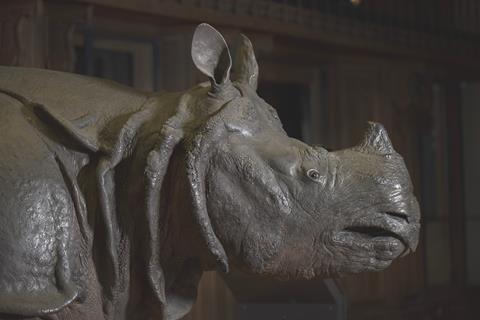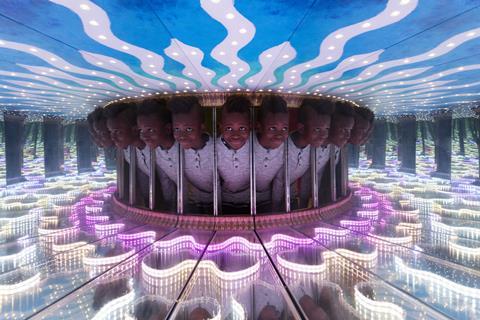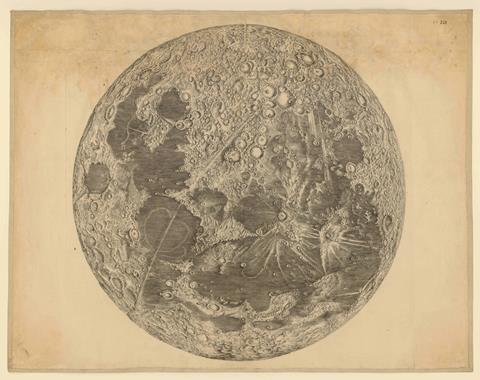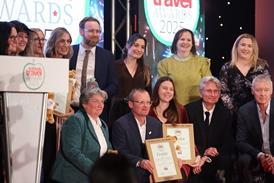Schools can book to visit the Science Museum’s new exhibition that will unveil the stories of science at Versailles with objects on display for the first time in the UK.

Versailles: Science and Splendour will invite students to discover the role of science at the French royal court in the 17th and 18th centuries, through spectacular objects and artworks.
Many items will be on display for the first time in the UK including Louis XV’s rhinoceros and a sculptural clock representing the creation of the world.
Running from 12th December until 21st April 2025, schools can explore more than 100 objects and save money on admission to see the display, with KS3-5 history and KS3-5 science curriculum links.
Versailles: Science and Splendour will explore how the monarchs Louis XIV, Louis XV and Louis XVI encouraged scientific pursuit and drew on technological advances of their times. It will show how scientific knowledge was used to enhance France’s prestige and extend its influence.

The exhibition will highlight significant figures, including stories of women in science, such as the pioneering midwife Madame du Coudray who trained thousands of midwives in rural France and Emilie du Châtelet, the eminent physicist and mathematician who translated Isaac Newton’s Principia.
Anna Ferrari, lead curator of Versailles: Science and Splendour at the Science Museum, said: “We are delighted to be bringing Versailles to London in this new exhibition which invites visitors to discover an unusual but crucial side of the palace’s history and grandeur.
“This exhibition will reveal fascinating stories of science at Versailles through more than a 100 treasures, bringing new attention to the relationship between science and power.”
What can schools look out for?
Among the many items on display will be a Bracket clock made by Isaac Thuret in Paris (1665-1670) and Jean-Dominique Cassini’s Map of the Moon, engraved by Jean Patigny in 1679.
Paintings include Pineapple in a pot by Jean-Baptiste Oudry and Portrait de Madame Sophie dit la Petite Reine - who was known as the Little Queen and the youngest of the children of Jacques Périn.

The display will also feature the medical advances supported by the kings. The royal family made contributions to these developments by submitting their own bodies for procedures.
There will also be a scalpel designed specifically to operate on the Sun King, while the exhibition will cover the inoculation against smallpox which Louis XVI and his family underwent as soon as he ascended the throne.
For more information about Versailles: Science and Splendour and to buy tickets, go to www.sciencemuseum.org.uk










